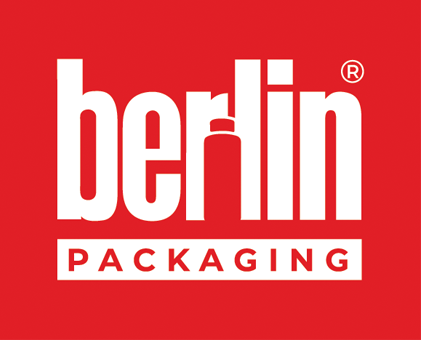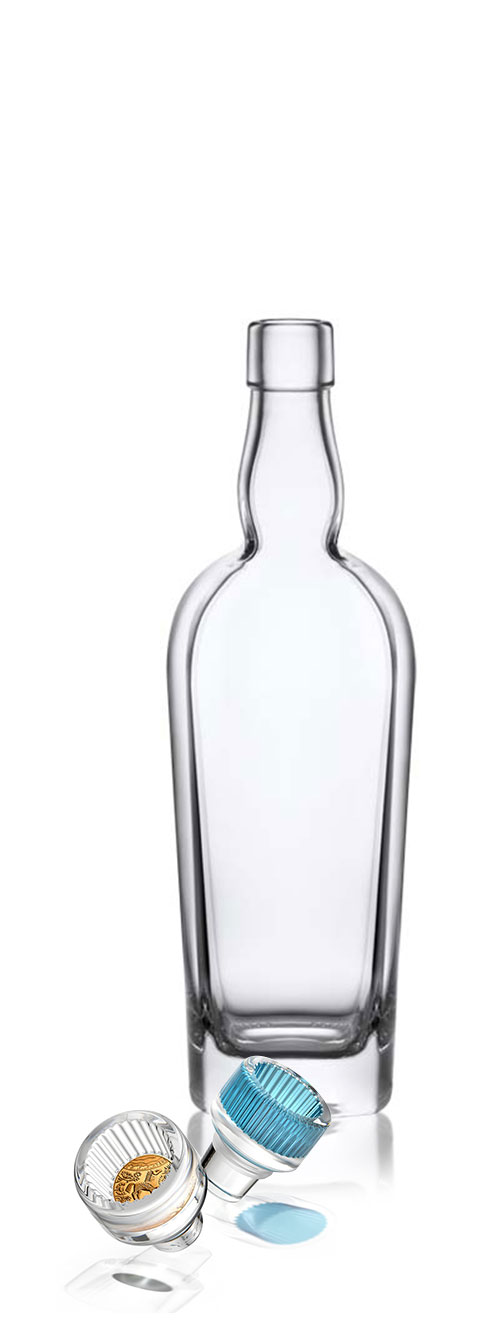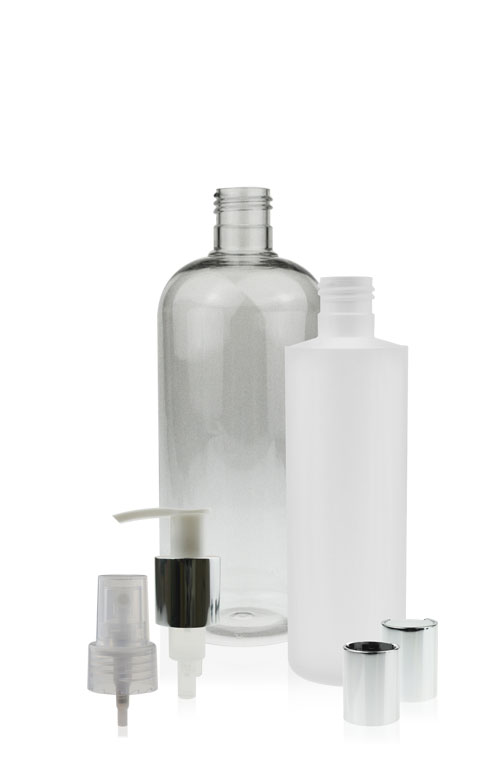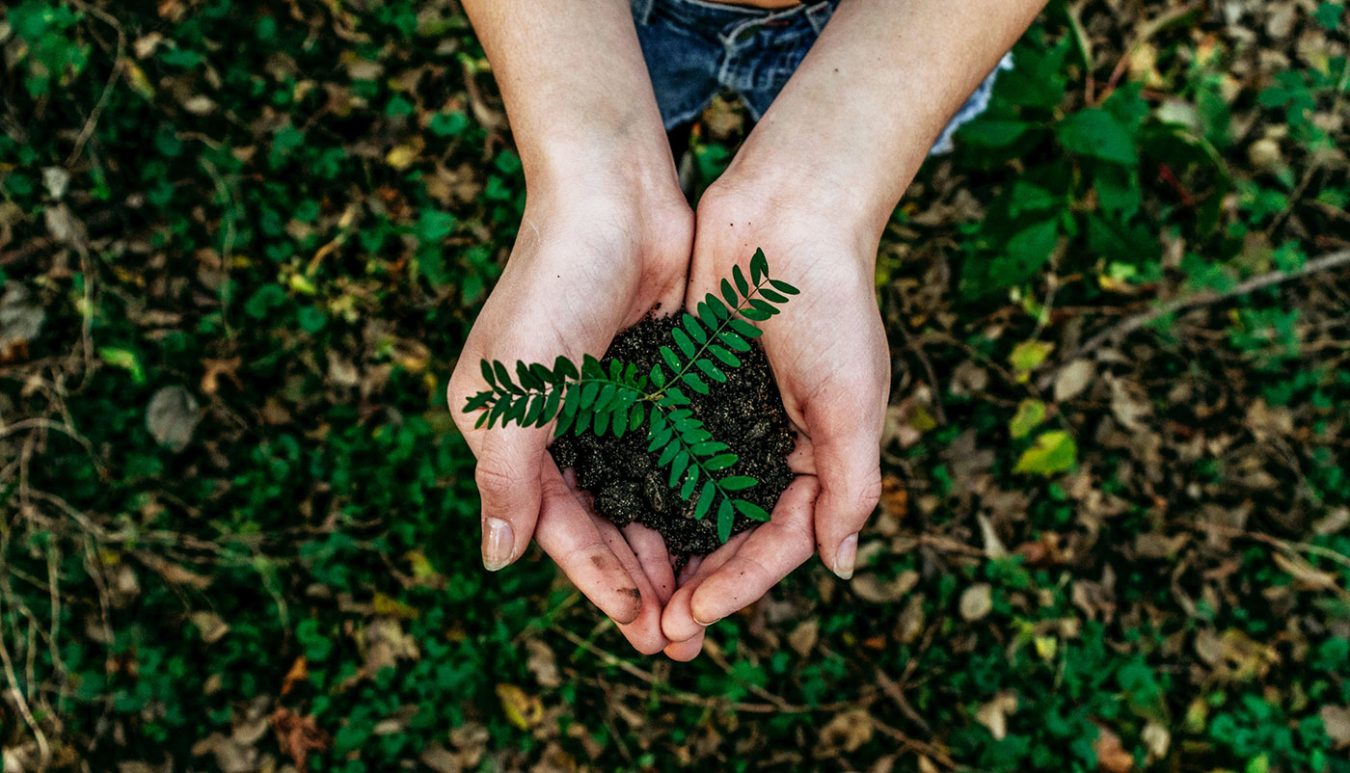Packaging Education
Produce – Recycle – Repeat
Creating sustainability in the plastic packaging industry has to happen over the next few years. We are aware of the demand to make lightweight materials, produce reusable or compostable alternatives. The starting point for this move needs to be with the implementation of increased recyclable products and encourage renewable materials.
In order to reduce our greenhouse gas emission by over 25%, we need to act on a few technical variations. These include;
- Reduce landfill waste by increasing percentage margins annually
- Reduce energy consumption
- Reduce water consumption
- Produce only recyclable material where the resin can be re-used
- Create evolving technology and standards with recycling centres, manufactures and producers.
100% Sustainable
To achieve complete sustainability we need to modernize our waste infrastructure. This would increase the recovery process and prevent plastics from being lost to the environment. The overall energy output from oil and bio alternatives would reduce because the recycling capabilities will be highly efficient.
Creating a modern infrastructure is important. However, it needs to start at the design of the product stage, right the way through to;
- Raw material processing
- Manufacturing
- Production
- Labelling
- Domestic and commercial use
- Recyclability
- Plastic washing process
- Repeat
This ultimately increases the overall renewable energy process which puts less demand on raw materials, energy and landfill waste. A rise for reconditioned plastic material can be used for other domestic and commercial products such as;
- Carpets
- Shoes
- Clothes
- Electrical or plumbing conduit
- Furniture
- Automotive components
- Industrial machines
- And much more.

Preventing Plastic Waste
The growth of human beings, especially in heavy, populated areas have become the main factor for plastic waste entering the sea. This has caused pollution in the form of;
- Plastic pellets – 0.3%
- Personal care products – 2%
- Marine coatings – 3.7%
- Road markings – 7%
- City dust – 24%
- Car tyres – 28%
- Synthetic textiles (polyester, nylon, acrylic) – 35%
Source – Internation Union for Conservation Of Nature.
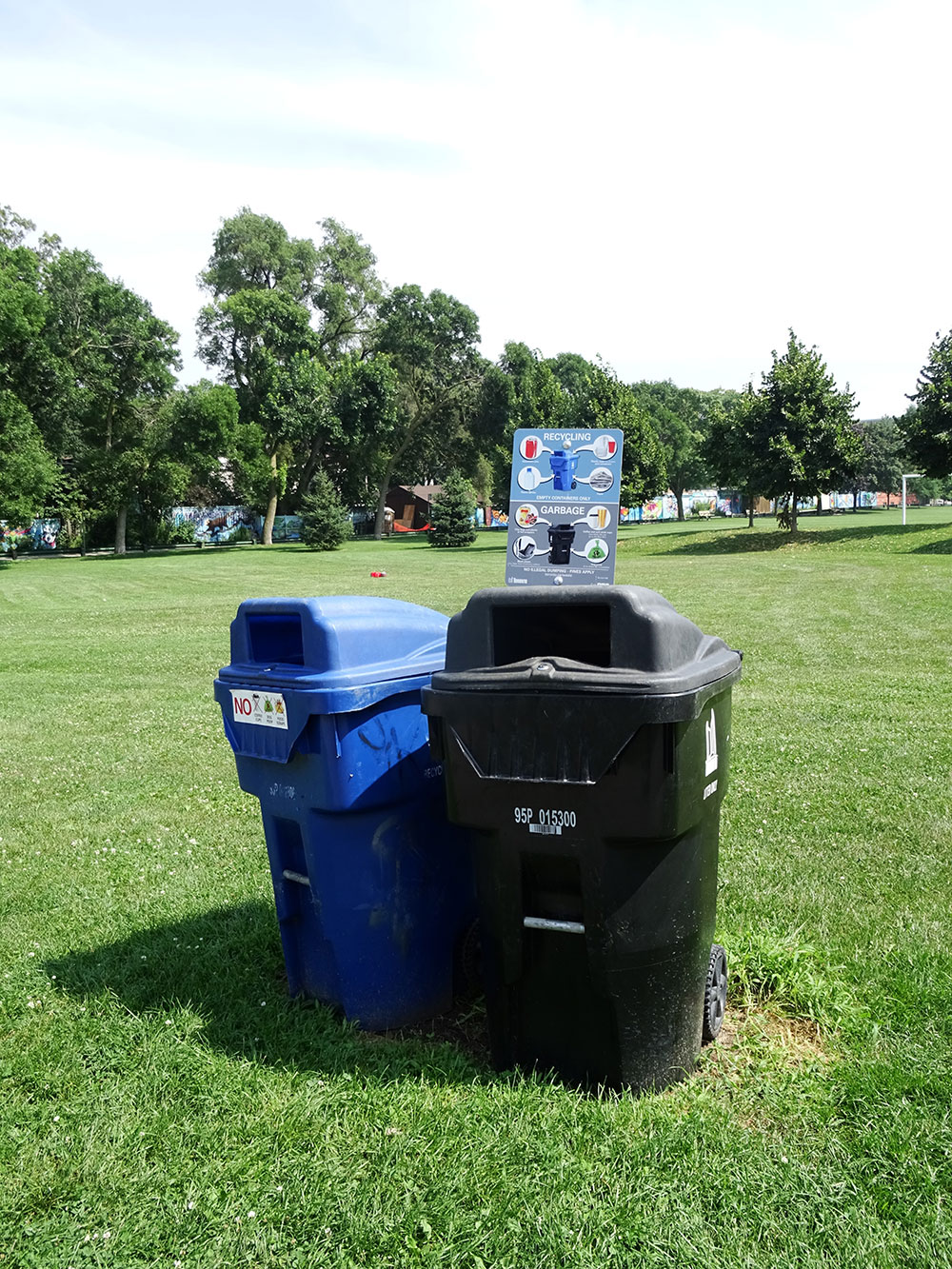
Educating the public with simpler forms of recycling will help eradicate overflowing problems with waste. We need to get to a point where all plastic is fully recyclable. This will take away the need for labels, questions and compatibility issues such as non-recyclable lotions pumps mixed with recyclable bottles. If we took away the seven resin identification codes, it would make the circular economy in the recycling chain easier for everyone.
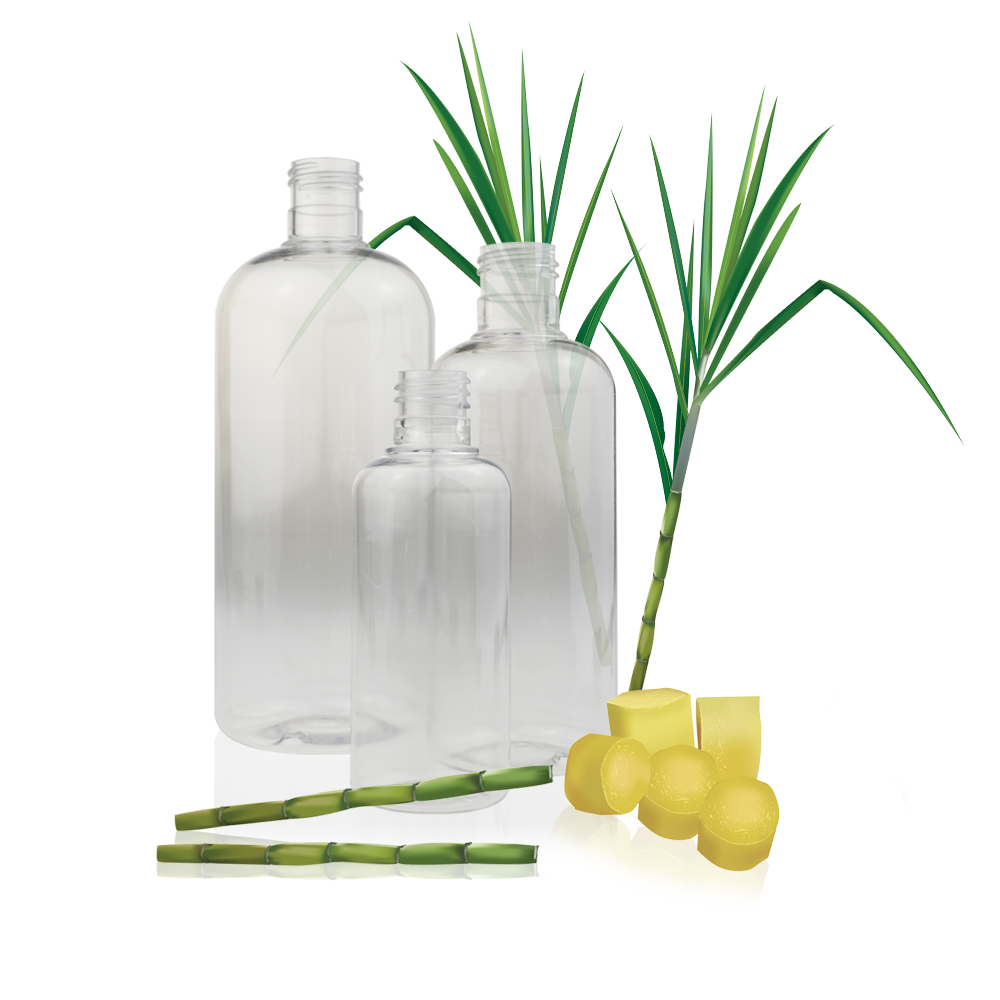
Biodegradable alternatives will be perfect for fishing nets created from synthetic textiles, off spill littering from transport using plastic freight, flushing plastic down the toilets and the very sad truth that a lot of humans still litter.
